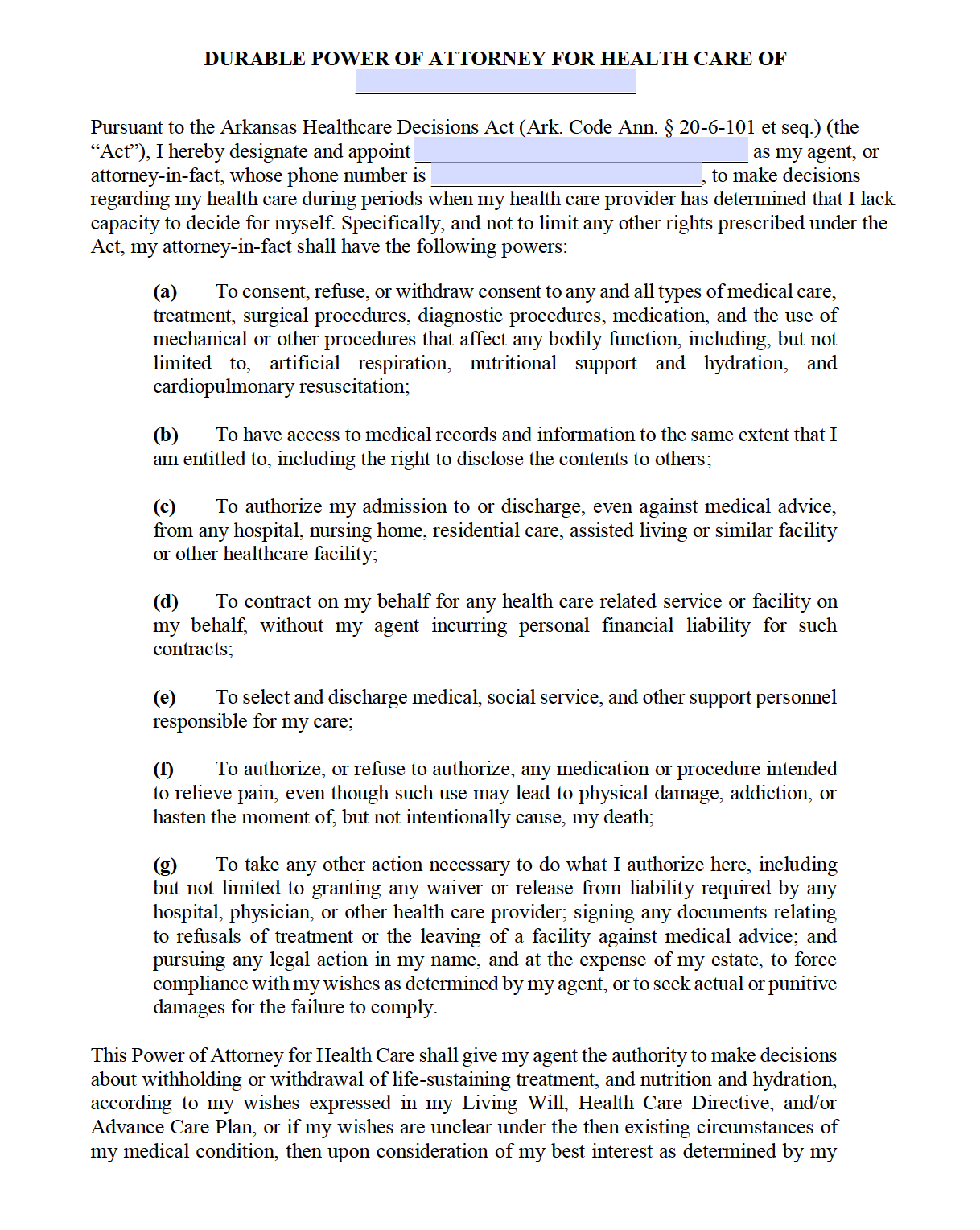Italy introduced its Servizio Sanitario Nazionale (National Health Service) in 1978. Universal medical insurance was executed in Australia starting with the Medibank system which led to universal protection under the Medicare system, presented in 1975. From the 1970s to the 2000s, Southern and Western European nations started presenting universal coverage, many of them building on previous medical insurance programs to cover the entire population.
In addition, universal health coverage was introduced in some Asian countries, including South Korea (1989 ), Taiwan (1995 ), Israel (1995 ), and Thailand (2001 ). Following the collapse of the Soviet Union, Russia kept and reformed its universal health care system, as did other previous Soviet countries and Eastern bloc nations. Beyond the 1990s, lots of nations in Latin America, the Caribbean, Africa, and the Asia-Pacific region, consisting of establishing countries, took steps to bring their populations under universal health protection, consisting of China which has the biggest universal healthcare system in the world and Brazil's SUS which improved protection as much as 80% of the population.
A 2012 study analyzed development being made by these nations, concentrating on 9 in specific: Ghana, Rwanda, Nigeria, Mali, Kenya, Indonesia, the Philippines, and Vietnam. Universal healthcare in the majority of nations has been attained by a mixed model of financing. General tax profits is the main source of funding, however in lots of nations it is supplemented by specific charge (which may be credited the private or an employer) or with the choice of private payments (by direct or optional insurance) for services beyond those covered by the public system.
6 Simple Techniques For What Should A Health Care Worker Do Immediately After A Safety Violation Occurs?

A lot of universal healthcare systems are funded mainly by tax earnings (as in Portugal, Spain, Denmark and Sweden). Some nations, such as Germany, France, and Japan, use a multi-payer system in which healthcare is moneyed by private and public contributions. However, much of the non-government financing comes from contributions from companies and employees to controlled non-profit sickness funds.
A distinction is likewise made in between local and national health care funding. For example, one model is that the bulk of the healthcare is funded by the municipality, specialized health care is offered and possibly funded by a bigger entity, such as a community co-operation board or the state, and medications are paid for by a state company.
Glied from Columbia University found that universal healthcare systems are modestly redistributive which the progressivity of health care funding has limited ramifications for overall Mental Health Facility income inequality. This is usually enforced by means of legislation needing locals to buy insurance coverage, however often the government offers the insurance. In some cases there may be an option of numerous public and private funds providing a basic service (as in Germany) or sometimes simply a single public fund (as in the Canadian provinces).
What Does How Much Does Medicare Pay For Home Health Care Per Hour Do?
In some European countries where personal insurance coverage and universal health care coexist, such as Germany, Belgium and the Netherlands, the issue of negative choice is conquered by utilizing a danger compensation pool to match, as far as possible, the dangers in between funds. Thus, a fund with a primarily healthy, younger population needs to pay into a compensation pool and a fund with an older and predominantly less healthy population would receive funds from the swimming pool.
Funds are not permitted to decide on their policyholders or deny protection, however they compete primarily on cost and service. In some countries, the standard coverage level is set by the government and http://sergiocoxc799.theglensecret.com/rumored-buzz-on-what-home-health-care-is-covered-by-medicare can not be modified. The Republic of Ireland at one time had a "neighborhood rating" system by VHI, effectively a single-payer or common risk swimming pool.
That resulted in foreign insurer going into the Irish market and offering much less expensive medical insurance to fairly healthy sectors of the market, which then made greater earnings at VHI's expenditure. The federal government later reintroduced neighborhood score by a pooling plan and at least one primary significant insurance Rehabilitation Center company, BUPA, withdrew from the Irish market.
The Only Guide for How Many Jobs Are Available In Health Care
Among the prospective services posited by economic experts are single-payer systems along with other methods of making sure that health insurance is universal, such as by needing all people to purchase insurance coverage or by restricting the capability of insurance coverage business to reject insurance to people or differ rate between people. Single-payer healthcare is a system in which the government, instead of personal insurance companies, pays for all health care expenses.
" Single-payer" thus describes just the financing system and describes healthcare financed by a single public body from a single fund and does not define the type of delivery or for whom medical professionals work. Although the fund holder is generally the state, some types of single-payer use a mixed public-private system.
These are usually pooled throughout the whole population unless city governments raise and maintain tax revenues. Some nations (especially the United Kingdom, Canada, Ireland, New Zealand, Italy, Spain, Brazil, Portugal, India and the Nordic nations) choose to fund public health care straight from taxation alone. Other nations with insurance-based systems effectively meet the expense of guaranteeing those unable to guarantee themselves via social security arrangements moneyed from tax, either by directly paying their medical costs or by spending for insurance premiums for those affected. what is universal health care.
Getting My How Many Countries Have Universal Health Care To Work
This is based on risk pooling. The social health insurance design is also referred to as the Bismarck Design, after Chancellor Otto von Bismarck, who introduced the very first universal health care system in Germany in the 19th century. The funds normally contract with a mix of public and personal providers for the arrangement of a specified advantage bundle.
Within social health insurance, a number of functions might be carried out by parastatal or non-governmental sickness funds, or in a couple of cases, by private medical insurance business. Social health insurance coverage is used in a number of Western European countries and significantly in Eastern Europe as well as in Israel and Japan.
Personal insurance consists of policies sold by industrial for-profit companies, non-profit companies and community health insurers. Generally, private insurance is voluntary in contrast to social insurance coverage programs, which tend to be compulsory. In some nations with universal protection, personal insurance frequently excludes specific health conditions that are expensive and the state healthcare system can supply protection.

Some Known Questions About What Is Health Care Policy.
In the United States, dialysis treatment for end stage renal failure is usually paid for by government and not by the insurance coverage market. Those with privatized Medicare (Medicare Advantage) are the exception and must get their dialysis spent for through their insurance company. Nevertheless, those with end-stage kidney failure generally can not buy Medicare Advantage plans.
The Planning Commission of India has likewise recommended that the nation must embrace insurance to achieve universal health coverage. General tax earnings is presently utilized to fulfill the essential health requirements of all people. A particular form of personal medical insurance that has frequently emerged, if monetary threat defense mechanisms have just a restricted effect, is community-based health insurance.